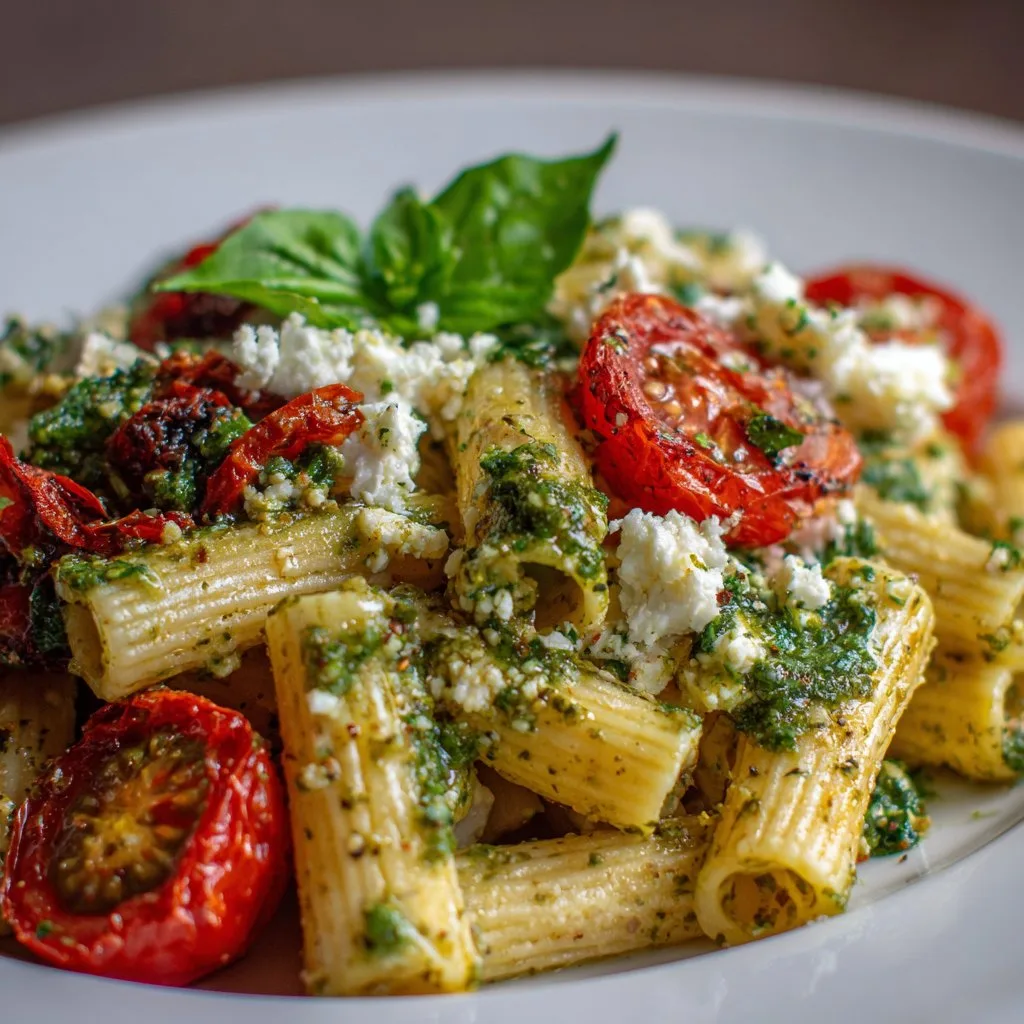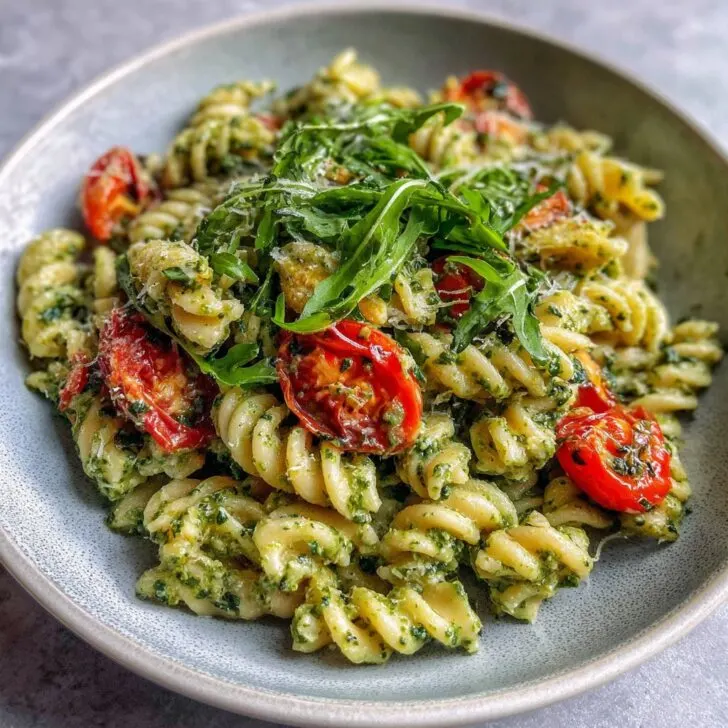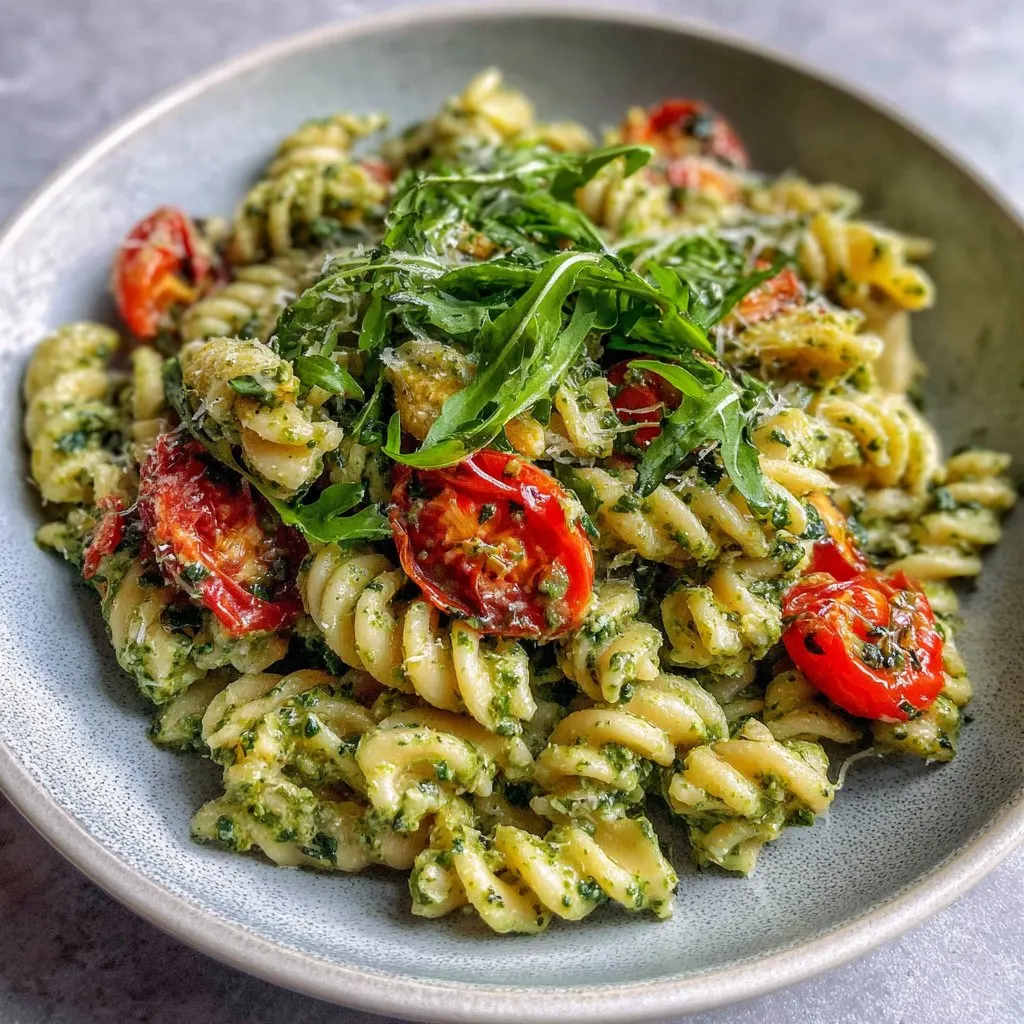Hey, Pull Up a Chair: Let's Talk About Cottage Cheese Pesto Pasta
Alright, I have to admit, the first time I made this cottage cheese pesto pasta was because I had a tub of cottage cheese (the big kind—on sale, of course) and basil that was on its last legs. I figured, what could go wrong? Turns out, not much—except maybe my self-control, because I ate almost half the bowl before dinner even started. Honestly, this is one of those meals where you blink and it’s done, and you’re left wondering why you ever fussed with complicated sauces.
And, just between us, I once served it to a friend who "hates cottage cheese" and she literally licked her plate clean. Guess it’s a bit of a magic trick that way. (Also, sorry Aunt Mags, I know you swear by ricotta, but cottage cheese is the real MVP here.)
Why I Keep Making This (And Why You Might Too)
I make this when it’s 6:45 PM and I haven’t figured out what’s for dinner (again), or when I want to impress someone without actually doing much work. My family goes a bit mad for this because it's creamy, fresh, and you can taste the basil, not just a wall of cheese. Plus, it’s like a grown-up mac and cheese, which is secretly what we all want after a long day, right?
Oh, and it’s forgiving. I overcooked the pasta once and the sauce covered up my mistake—no one noticed. If you’re the type (like me) who sometimes gets distracted scrolling through Smitten Kitchen while dinner’s cooking, you’ll appreciate that.
What You'll Need (With a Few Swaps I've Tried)
- 250g dried pasta – I mostly use penne or fusilli. But I’ve grabbed spaghetti in a pinch and it’s fine. Whole wheat is good too, just a bit more "nutty."
- 1 cup cottage cheese (regular or low-fat). My gran used to say only full-fat works, but, honestly, whatever’s in the fridge.
- ½ cup fresh basil (or a big handful). Or a tablespoon of pesto from a jar if basil season is over and you’re desperate (been there).
- 2 tablespoons pine nuts. But walnuts or almonds? Totally works. Sunflower seeds even, if you're feeling thrifty.
- 1 small garlic clove, peeled. Or skip it if you’re headed to a parent-teacher conference later.
- ¼ cup grated Parmesan (or that pre-shredded stuff, it’s fine, don’t stress)
- 1–2 tablespoons olive oil. I eyeball it, to be honest.
- Salt & black pepper, to taste
- Zest of half a lemon (optional, but I love it)
How I Throw This Together
- Get your pasta water boiling. Salt it like you mean it—my mum always said it should taste like "a dip in the sea." Add your pasta and cook till al dente. (But if it goes a minute over, don’t panic. The sauce is very forgiving.)
- Meanwhile, in a food processor, chuck in your basil, pine nuts, garlic, Parmesan, lemon zest, and cottage cheese. Blitz until smooth-ish. If you don’t have a food processor, a stick blender works—or, in a pinch, just chop everything up real fine and stir together. It won’t be as smooth, but it’s all flavor.
- Add olive oil and blend till it’s creamy. Taste it. This is where I usually sneak a spoonful and make sure it’s punchy enough. Add salt and pepper as you like. (Sometimes I add extra lemon because, well, I just like the zing.)
- Drain your pasta, but save a splash of the pasta water—trust me on this. Dump the hot pasta back in the pot, add your cottage cheese pesto, and toss together. If it looks thick or stubborn, a splash of the reserved water brings it all together. Don’t worry if it looks a bit odd at first, once it’s all stirred up, you’ll see the magic.
- Spoon into bowls, top with extra Parmesan or basil if you’re feeling fancy. That’s it!
Random Notes from Too Many Tries
- I once tried this with low-sodium cottage cheese and, honestly, it needed way more seasoning than I thought. Don’t be shy with the salt here.
- If you have time, toast the pine nuts in a dry pan for a minute. It’s not essential, but it does add something special (even if it means more washing up—ugh).
- This gets thicker as it sits, so if you reheat leftovers, add a splash of water or milk.
Variations – Some Winners, Some Not
- Spinach instead of basil when my plant’s bare—gives it a different, greener vibe. Not bad at all.
- Added a handful of frozen peas once—pretty, slightly sweet. Good move.
- Tried this with cooked broccoli instead of basil... yeah, that one didn’t win any popularity contests at home. If you’re brave, go for it—but you heard it here first.
What You Need (And What You Can Skip)
- Food processor or stick blender. If you have neither, good old elbow grease and a sharp knife (just chop really, really finely—bit of a workout, but worth it).
- Pot for boiling pasta and a colander. (Or, once, I drained it with a slotted spoon straight into a big bowl. Hey, it worked!)

How to Store (If You Have Any Left)
Pop leftovers in an airtight container in the fridge; honestly, in my house it never lasts more than a day! But if you do have some, it'll be fine for about 2 days. When reheating, add a splash of milk or water to loosen it up.
How I Like to Serve It
I love this with a crisp green salad and a chunk of crusty bread—soaks up the sauce like a charm. My nephew insists on a big squeeze of lemon on top; I think he’s onto something.
And if you want to go all out, roasted cherry tomatoes on the side are just *chef’s kiss* (I got the idea from this Serious Eats recipe).
Lessons Learned the Hard Way (So You Don't Have To)
- I once tried rushing the blending step and ended up with chunky bits of garlic—don’t do what I did, blend it fully or use less garlic if you’re unsure.
- If you skip the pasta water splash, the sauce can go gluey. Just add a little—it makes the sauce silkier. Trust me, I learned the hard way.
FAQ – Real Questions from Real People (Promise!)
- Can I use ricotta instead of cottage cheese? Yep! It’s a tad richer, but totally works. I actually did this last month when I realized our cottage cheese had expired (oops!).
- Is this kid-friendly? My niece devours it, but if your kid is suspicious of "green stuff" maybe start with a smaller amount of basil and blend it extra smooth. Or, tell them it’s “superpower pasta”—works on my crew.
- Can I make it vegan? Probably, with a plant-based cottage cheese (haven’t tried it, but let me know if you do!) and vegan Parmesan. Just go easy on the salt, some vegan cheeses are salt bombs.
- Do I have to use pine nuts? Nope! Walnuts, almonds, even pumpkin seeds work fine. I use whatever’s in the cupboard.
- Can I freeze it? Hmm, I wouldn’t. The sauce can get weird when thawed. Best eaten fresh (or the next day, if you ask me—flavors settle in, you know?).
So, there you have it—my not-so-secret recipe for a 15-minute dinner that tastes like you put way more effort in. Give it a go, and let me know how you tweak it (because, let’s be real, none of us ever follow recipes exactly, do we?).
Ingredients
- 12 oz (340 g) pasta (penne or fusilli)
- 1 cup cottage cheese
- ½ cup basil pesto (store-bought or homemade)
- ¼ cup grated Parmesan cheese
- 1 cup cherry tomatoes, halved
- 2 tablespoon extra virgin olive oil
- Salt and black pepper to taste
- Fresh basil leaves for garnish
Instructions
-
1Bring a large pot of salted water to a boil. Cook the pasta according to package instructions until al dente. Drain and reserve ¼ cup of pasta water.
-
2While the pasta cooks, blend cottage cheese and basil pesto in a food processor or blender until smooth and creamy.
-
3In a large skillet, heat olive oil over medium heat. Add cherry tomatoes and sauté for 2-3 minutes until slightly softened.
-
4Add the drained pasta to the skillet with tomatoes. Pour in the cottage cheese pesto sauce and toss to coat, adding reserved pasta water as needed for a silky texture.
-
5Season with salt and black pepper to taste. Sprinkle with grated Parmesan cheese and garnish with fresh basil leaves before serving.
Approximate Information for One Serving
Nutrition Disclaimers
Number of total servings shown is approximate. Actual number of servings will depend on your preferred portion sizes.
Nutritional values shown are general guidelines and reflect information for 1 serving using the ingredients listed, not including any optional ingredients. Actual macros may vary slightly depending on specific brands and types of ingredients used.
To determine the weight of one serving, prepare the recipe as instructed. Weigh the finished recipe, then divide the weight of the finished recipe (not including the weight of the container the food is in) by the desired number of servings. Result will be the weight of one serving.
Did you make this recipe?
Please consider Pinning it!!


